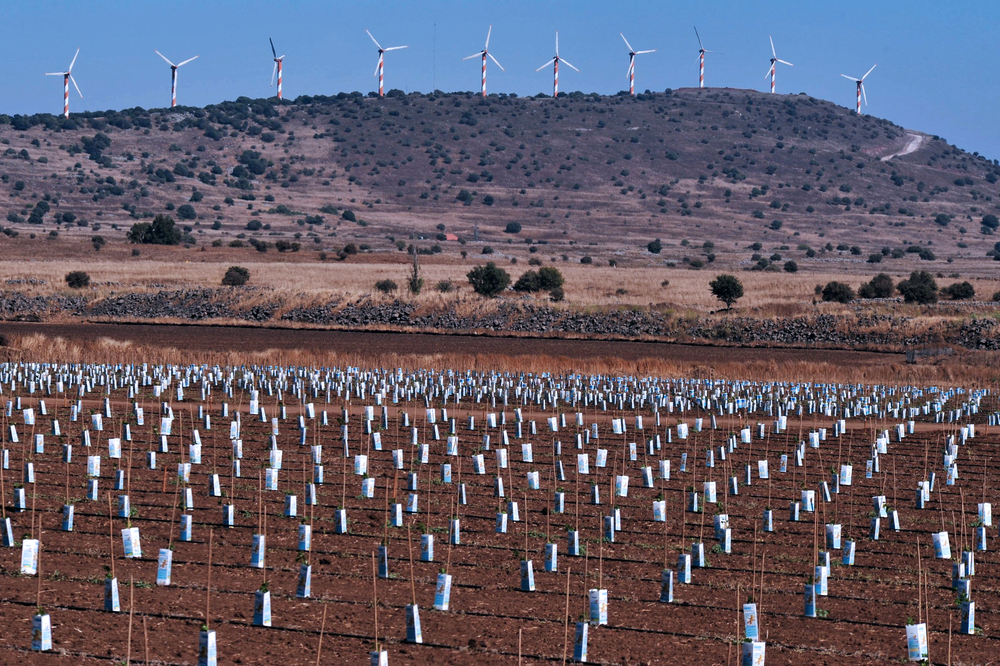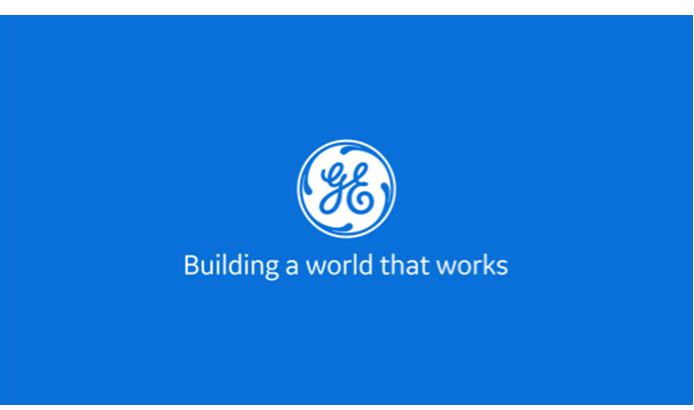Australia's education system is sound—ranking 14th among OECD countries—and it boasts five of the top 50 universities in the world, but our report card suggests we "Could do better." Could we grow Fins?
Australians gamble more on the Melbourne Cup than the country's entire venture-capital industry invests in startups in a year. The comparatively small size of our market, lack of scalability and poor access to capital is driving Australian entrepreneurs offshore. What can risk-sharing approaches to startups, such as favoured by Israel and Switzerland, achieve?
There is no one silver bullet, but a little armchair travel reveals inspiration and opportunity.
 OECD countries for science and maths education, and coming 27th overall in the World Economic Forum Global Competitiveness Index 2014-2015, it is ranked by WEF as the third greatest innovation market in the world, behind Switzerland and Finland.
OECD countries for science and maths education, and coming 27th overall in the World Economic Forum Global Competitiveness Index 2014-2015, it is ranked by WEF as the third greatest innovation market in the world, behind Switzerland and Finland.Policy
Government/private risk sharing The newly established National Authority for Technology and Innovation fixes market failures that could hinder innovation. It is run by professionals (not politicians) and works with the private sector to inject “risk capital” where it is needed, sharing risks that the private sector alone would be unwilling to take.
Start-up subsidies Israeli startups that graduate from any of the 24 government-approved incubators can apply for 5-to-1 funding from the government, with the result that government subsidises about 85% of investment in incubators.
R&D Universities and research institutes operate Technology Transfer Offices that work with researchers to patent and commercialise new technologies.
Education There are 140 scientists, technicians, and engineers for every 10,000 employees in Israel, compared to 85 per 10,000 in the US.
 QS World University Rankings 2015/16. Singapore spends less than half of what Israel spends on R&D (2.1% of GDP vs. 4.5%), and its uptake of technology is increasing—up two places, to 5th in the world.
QS World University Rankings 2015/16. Singapore spends less than half of what Israel spends on R&D (2.1% of GDP vs. 4.5%), and its uptake of technology is increasing—up two places, to 5th in the world.Policy
Seed capital Singapore’s Early Stage Venture Fund provides S$10 million on a 1:1 matching basis to venture-capital companies that invest in Singapore-based early-stage high-tech companies.
Startup subsidies The government invests up to 85% in startups from approved technology incubators, which provide physical space, mentorship and guidance.
Grants Grants of up to S$250,000 are available to researchers and companies for technology proof-of-concept projects.
R&D Since the launch of the first National Technology Plan in 1991, Singapore’s R&D spend has increased more than tenfold. Over 2011 to 2015 the government committed S$16.1 billion to boost R&D—a 20% increase on previous years. Almost 1 in 10 working-age people in Singapore are trying to start a company or have already started one—42,000 start-ups in 2014 employed 306,000 people.
Education Singapore’s spending on education is 2.8% of GDP, below the OECD average of 5.2%. But students begin maths studies from grade 1, and science is taught from grade 3. Coding is now also being introduced into public schools.
 Bloomberg Innovation Index it also boasts nine of the world’s 10 largest technology companies.
Bloomberg Innovation Index it also boasts nine of the world’s 10 largest technology companies.The nation’s innovation capacity is driven by collaboration between firms and universities, human capital (it ranks 4th on availability of scientists and engineers), and company spending on R&D (3rd).
Policy
Seed funding The Growth Accelerator Fund Competition awarded US$2.5 million in 2014 to startup accelerators, and will have awarded $4 million in 2015.
Tax exemptions Many investors in US venture capital are exempt from capital gains taxes, which significantly affects the flow of funds to the venture capital industry and the financing of startups.
IP protections Universities and research institutions are active in filing patents. The America Invents Act of 2011 increased investor ability to protect intellectual property abroad. It also offers a fast-track option for processing a patent within 12 months, reducing backlogs and limiting litigation.
R&D In the 2014 budget, research accounts for 48% of total government R&D funding, up from 39% in 2008. Even more impressive is venture capital and private equity funding of tech startups: In 2013 in Silicon Valley, it was $3,945 per capita, compared with $4.09 in Australia and $170 in Israel.
Education The 2014 budget set a goal of increasing by a third the number of college graduates with STEM degrees over the next decade. The federal budget invests US$3.1 billion overall in programmes on STEM education.
 Tekes, the Finnish Funding Agency for Innovation is the most important publicly funded agency, which every year finances around 1,500 business R&D projects and almost 600 public research projects at universities, research institutes and universities of applied sciences.
Tekes, the Finnish Funding Agency for Innovation is the most important publicly funded agency, which every year finances around 1,500 business R&D projects and almost 600 public research projects at universities, research institutes and universities of applied sciences.Education The Finnish education system is dedicated to giving every child a sound educational start. Most of the country’s 62,000 teachers are professionals selected from the top 10 per cent of Finland’s graduates, and have a required master’s degree in education. They consult with one another in developing methods to help kids who are struggling. Among the outcomes: 93% of Finns graduate from academic or vocational high schools (7.5 percentage points higher than the US), and 66% go on to higher education, the highest rate in the European Union—yet Finland spends around 30% less per student than the United States.






